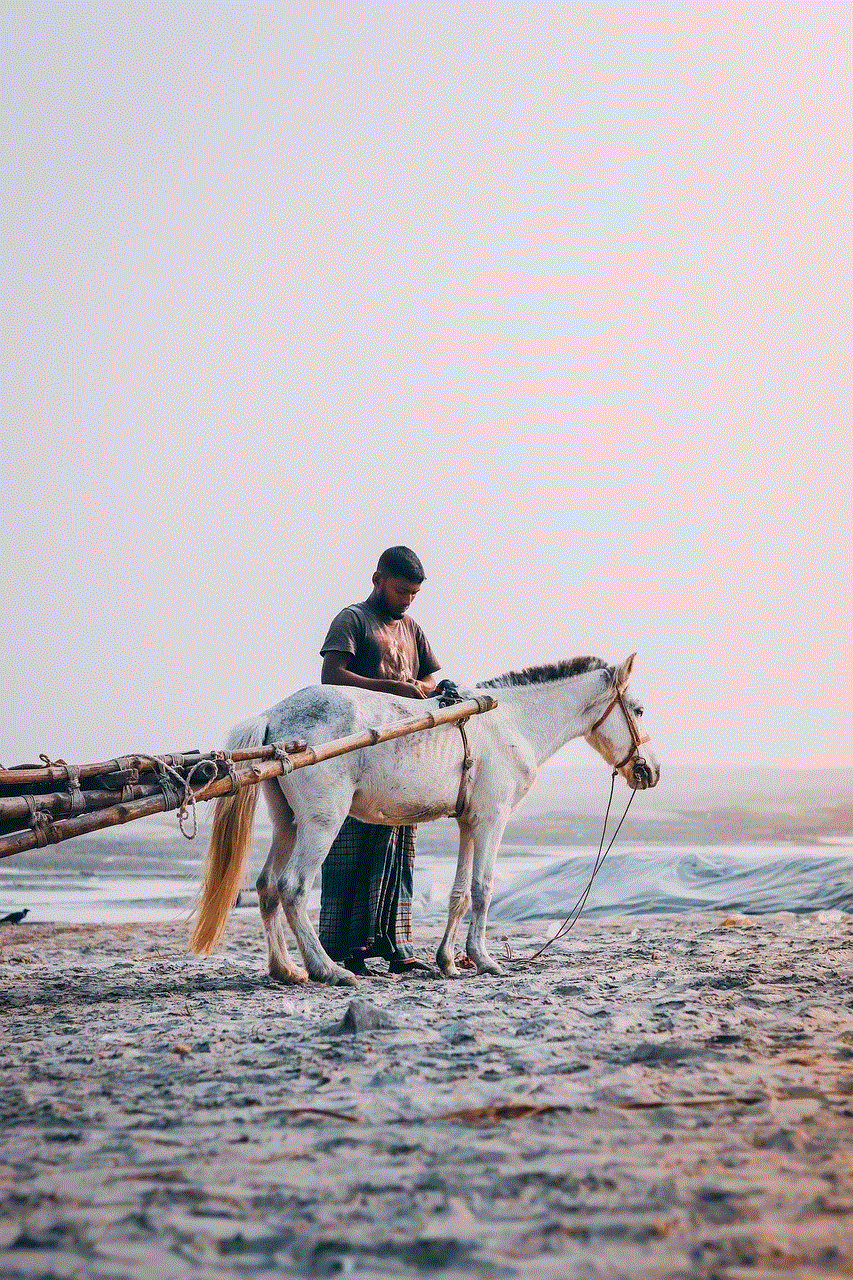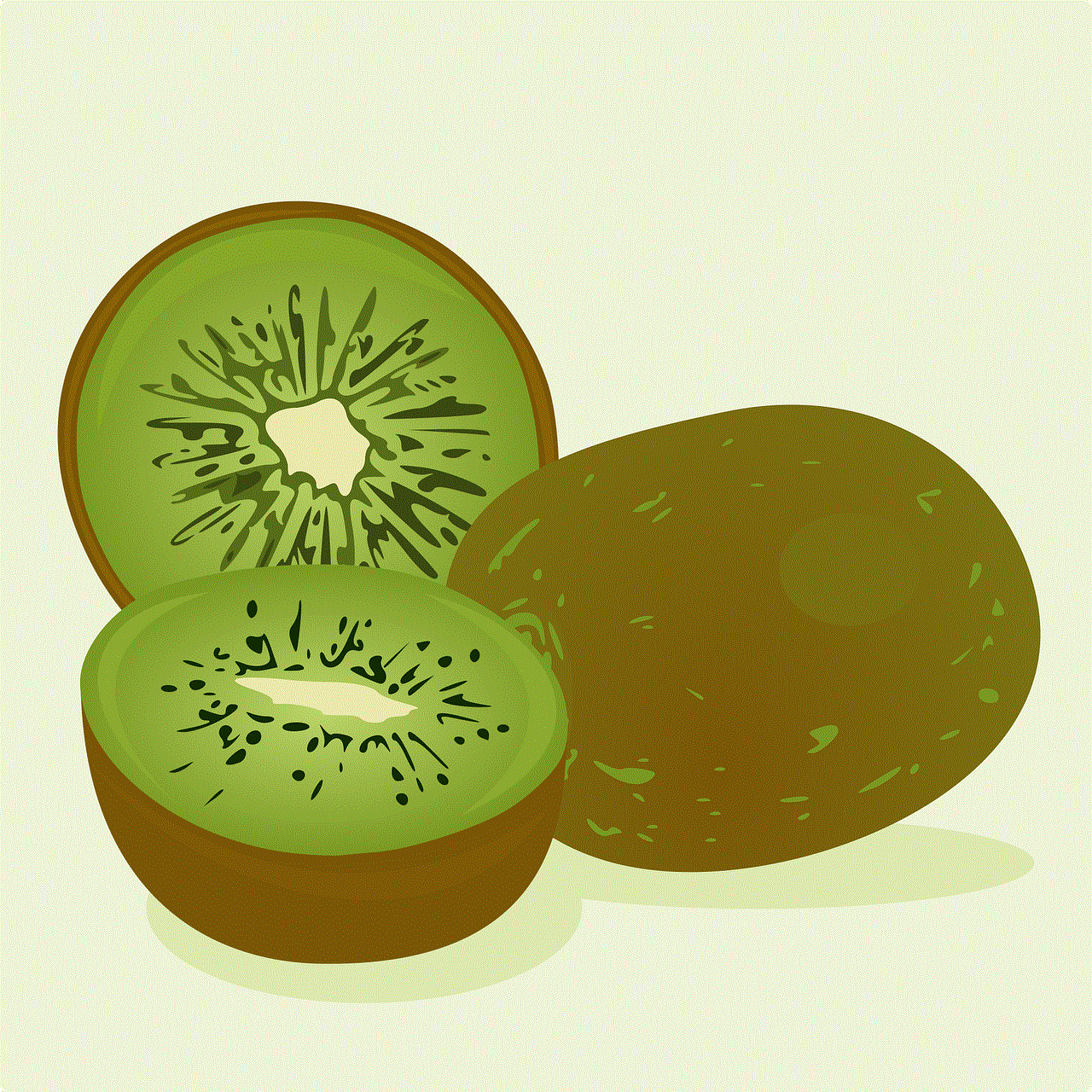how to make paper pop it
Title: Exploring the Art of Making Paper Pop-Its
Introduction (150 words)
========================
Pop-Its, also known as snap pops or bang snaps, are small paper devices that create a popping sound when thrown against a hard surface. These tiny explosive novelties have been a popular form of entertainment for generations. While you can easily purchase them from stores, there’s a certain joy in making your own paper Pop-Its. In this article, we will delve into the art of making these delightful creations, providing step-by-step instructions for crafting your own homemade Pop-Its.
1. Understanding the Science Behind Pop-Its (200 words)
=====================================================
Before we dive into the process of making paper Pop-Its, it’s crucial to understand the science behind their explosive nature. Pop-Its consist of a small amount of silver fulminate, a highly sensitive explosive compound, wrapped in paper. When the Pop-It is thrown against a hard surface, the impact causes the silver fulminate to detonate, producing a loud bang.
2. Gathering the Materials (150 words)
=====================================
To make your own paper Pop-Its, you will need a few basic materials. These include:
– Silver fulminate (available at chemical supply stores)
– Filter papers or baking parchment
– A ruler
– Scissors
– A pencil
– Tape
– A tissue or small pieces of cotton
3. Preparing the Silver Fulminate (200 words)
============================================
Ensure you handle silver fulminate with extreme caution, as it is highly sensitive and can explode under certain conditions. Use appropriate safety measures, such as gloves and eye protection, and follow all safety guidelines.
To prepare the silver fulminate, dissolve it in a small amount of water, allowing it to completely dissolve. Use a dropper or pipette to place tiny drops of the solution onto the filter papers. Allow the papers to dry completely before proceeding.
4. Assembling the Pop-Its (200 words)
====================================
Once the silver fulminate solution has dried, it’s time to assemble your paper Pop-Its. Cut the filter papers into small squares, approximately one inch in size. Place a small piece of tissue or cotton in the center of each square. Fold the square in half diagonally, creating a triangle, and secure the edges with tape. Repeat this process for as many Pop-Its as you desire.
5. Storing and Handling Pop-Its Safely (150 words)
==================================================
Store your homemade Pop-Its in a cool, dry place away from any sources of heat or flame. Ensure they are kept out of reach of children and animals, as they can be dangerous if mishandled.
When handling Pop-Its, it’s important to be careful and responsible. Never use them in crowded or public places, as they can startle or disturb others. Always throw Pop-Its against a hard surface, such as concrete or pavement, and never aim them at people, animals, or property.
6. Alternative Methods for Making Paper Pop-Its (200 words)
==========================================================
While the aforementioned method utilizes silver fulminate, there are alternative ways to make paper Pop-Its using safer materials. One such method involves using a combination of baking soda and citric acid. Simply mix equal parts of these substances and wrap them in tissue paper, securing the ends with tape. This alternative method creates a similar popping effect without the use of explosive materials.
7. Exploring Creative Uses for Paper Pop-Its (200 words)
======================================================
Paper Pop-Its have long served as a source of entertainment. Apart from the traditional throwing and popping, there are various creative ways to utilize these tiny explosive novelties. For instance, you can incorporate Pop-Its into arts and crafts projects, add them to surprise packages or party favors, or even use them as part of magic tricks.
8. Safety Considerations and Legalities (200 words)
==================================================
It is important to note that the creation and use of explosive materials can be dangerous and potentially illegal in some jurisdictions. Ensure you are aware of the laws and regulations regarding explosives in your area before attempting to make or use paper Pop-Its. Always prioritize safety and follow all necessary precautions when handling any materials with explosive potential.
Conclusion (150 words)
======================
Making your own paper Pop-Its can be a fun and engaging activity, but it requires caution, patience, and adherence to safety guidelines. While the traditional method involves using silver fulminate, alternative methods utilizing safer materials can also be explored. Remember to handle Pop-Its responsibly, respect the laws in your jurisdiction, and prioritize the safety of yourself and others. With proper care and creativity, the art of making paper Pop-Its can bring joy and excitement to your life.
map of india for kids
A map of India for kids is a great educational tool that can help children learn about the geography and culture of this diverse country. India is located in South Asia and is the seventh-largest country in the world. It is bordered by the Indian Ocean on the south, the Arabian Sea on the southwest, and the Bay of Bengal on the southeast. Let’s explore this fascinating country in more detail!
1. Introduction to India
India is a country that is known for its rich history and vibrant culture. It has a population of over 1.3 billion people, making it the second most populous country in the world. The capital city of India is New Delhi, and the official languages are Hindi and English.
2. Geographical Features
India has a diverse range of geographical features, including mountains, plains, rivers, and coastlines. The northern part of India is dominated by the Himalayan mountain range, which includes some of the world’s highest peaks such as Mount Everest and Kanchenjunga. The southern part of India is mainly a plateau region, with the Deccan Plateau being the most prominent.
3. Major Rivers
India is blessed with many important rivers that provide water for irrigation, transportation, and hydroelectric power. The Ganges River, also known as the Ganga, is considered sacred by Hindus and is an essential lifeline for millions of people. Other major rivers in India include the Yamuna, Brahmaputra, Godavari, Krishna, and Narmada.
4. States and Union Territories



India is divided into 28 states and 8 union territories. Each state has its own capital and government, while the union territories are governed directly by the central government. Some of the most populous states in India include Uttar Pradesh, Maharashtra, and Bihar. The union territories include Delhi, Puducherry, and Andaman and Nicobar Islands.
5. Famous Landmarks
India is home to several famous landmarks that are known worldwide. The Taj Mahal, located in Agra, is one of the Seven Wonders of the World and is a symbol of love and beauty. The Red Fort in Delhi, Jaipur’s Hawa Mahal, and Mumbai’s Gateway of India are other iconic landmarks that attract tourists from around the globe.
6. Wildlife and National Parks
India is home to a wide range of wildlife and has several national parks and sanctuaries dedicated to their conservation. The Royal Bengal Tiger, Indian Elephant, Asiatic Lion, and Indian Rhinoceros are some of the flagship species found in India. National parks like Jim Corbett, Ranthambore, and Kaziranga offer opportunities to see these majestic animals in their natural habitat.
7. Cultural Heritage
India has a rich cultural heritage that dates back thousands of years. It is known for its classical music, dance forms like Bharatanatyam and Kathak, and traditional art forms like Madhubani and Warli paintings. The diverse religious and cultural festivals celebrated in India, such as Diwali, Holi, and Eid, showcase the country’s unity in diversity.
8. Famous Personalities
India has produced many famous personalities who have made significant contributions in various fields. Mahatma Gandhi, the father of the nation, led India’s freedom struggle against British rule. Scientists like Jagdish Chandra Bose and C.V. Raman, and writers like Rabindranath Tagore and R.K. Narayan have also left their mark on the world stage.
9. Cuisine
Indian cuisine is famous worldwide for its use of spices and flavors. Each region in India has its own unique dishes and cooking styles. Some popular Indian dishes include biryani, butter chicken, dosa, and samosa. Indian sweets like gulab jamun and jalebi are also widely enjoyed.
10. Importance of Maps
Maps are essential tools for understanding the world around us. A map of India for kids can help them learn about the different states, cities, and geographical features of the country. It can also provide insights into the cultural diversity and historical significance of different regions. Additionally, maps can help children develop their spatial awareness and problem-solving skills.
In conclusion, a map of India for kids is a valuable educational resource that can introduce children to the geography, culture, and history of this incredible country. By exploring the diverse landscapes, famous landmarks, and rich cultural heritage of India, children can develop a deeper appreciation for its beauty and diversity. So, let’s encourage our young ones to explore India through maps and ignite their curiosity about the world!
how to hack into someones snap
Title: The Ethical Implications and Consequences of Hacking into Someone’s Snapchat Account
Introduction:
In the digital age, privacy and security have become paramount concerns. With millions of active users, Snapchat is one of the most popular social media platforms globally. However, some individuals may be tempted to breach someone’s privacy by attempting to hack into their Snapchat account. This article aims to shed light on the ethical implications and consequences of such actions while emphasizing the importance of maintaining online security and respecting others’ privacy.
1. Understanding the Concept of Hacking:
Hacking refers to unauthorized access to someone’s digital accounts or data. It involves exploiting vulnerabilities in security systems to gain unauthorized entry. It is crucial to differentiate between ethical hacking, which aims to expose vulnerabilities to improve security, and malicious hacking, which seeks to exploit for personal gain.
2. The Legal Perspective:



Hacking is illegal in almost all jurisdictions. Unauthorized access to someone’s Snapchat account is a violation of the computer Fraud and Abuse Act (CFAA) in the United States and similar laws in other countries. Engaging in hacking activities can lead to severe legal consequences, including fines and imprisonment.
3. Ethical Implications of Hacking:
Hacking into someone’s Snapchat account is a breach of privacy and trust. Privacy is a fundamental human right, and intentionally violating it undermines the ethical foundation of respectful human interactions. Respecting others’ privacy is crucial in maintaining healthy relationships, both online and offline.
4. The Importance of Digital Security:
Snapchat, like any other platform, invests significant resources in ensuring user data security. Attempting to hack into someone’s account not only violates privacy but also undermines the efforts made to protect user information. It is essential to promote and practice good digital security habits, such as using strong passwords and enabling two-factor authentication.
5. Psychological and Emotional Impact:
Being a victim of hacking can have severe psychological and emotional consequences. Invasion of privacy can lead to feelings of vulnerability, anxiety, and mistrust. Victims may face social and personal consequences, as their private conversations and media may be exposed to the public or used against them.
6. Protecting Yourself from Hacking Attempts:
To safeguard your Snapchat account, it is crucial to take preventive measures. This includes using strong, unique passwords, enabling two-factor authentication, regularly updating the app, and being cautious of suspicious links or phishing attempts. Being proactive in maintaining digital security can significantly reduce the risk of being hacked.
7. Legal Consequences for Hackers:
Hacking is a criminal offense that may result in serious legal consequences. Hackers can face charges such as identity theft, fraud, unauthorized access to computer systems, and more. Individuals contemplating hacking into someone’s Snapchat account should consider the potential legal ramifications and the impact on their future.
8. Alternatives to Hacking:
Instead of resorting to hacking, individuals concerned about the activities of someone on Snapchat should consider open communication and trust-building. Engaging in honest conversations about concerns or seeking professional help can often resolve issues more effectively and ethically.
9. Promoting Ethical Behavior Online:
Promoting ethical behavior online involves respecting the boundaries and privacy of others. By setting an example and educating others about the importance of online ethics, we can create a safer and more secure digital environment for everyone.
10. Reporting Hacking Attempts:
If you suspect that someone is trying to hack into your Snapchat account, report it immediately to Snapchat’s support team. By doing so, you not only protect yourself but also contribute to the collective effort in combating malicious activities and maintaining a secure platform.



Conclusion:
Hacking into someone’s Snapchat account is not only illegal, but it also violates privacy, trust, and ethical standards. It is essential to respect others’ privacy online and promote a safe and secure digital environment. By understanding the ethical implications and consequences of hacking, we can make informed decisions that protect both ourselves and others from potential harm.